- Prof. Dr. Jiba Raj Pokharel
The seven party coalition led by Maoist Central(MC) and supported by United Marxists and Leninists(UML) has gone down in the history of political coalitions as the shortest ever coalition in the world. The much hyped coalition fragmented in bits and pieces just within 62 days of its formation. It has been of interest to people in general and the political observers in particular regarding the factors that led to its meteoric downfall.
The coalition Government in Nepal has its history going back to early nineties when it was formed by yoking the Nepali Congress and Rastriya Prajatantra Party in the year 1992 of which Sher Bahadur Deuba was the Prime Minister. The first ever coalition is said to date back to the First World War when Britain formed a coalition Government also known as the National Government. In neighboring India, the first coalition Government was formed after the independence when Jawahar Lal Nehru formed a Government with Muslim League, Hindu Sabha and the Republican Party from 1946-52. Now it has become a norm in India with the Bharatiya Janata Party running the coalition of more than 20 parties known as National Democratic Alliance and Congress with few less as the United Party Alliance.
In Nepal, several coalitions emerged into the political scene. Some of them are the coalition of RPP and UML headed by Lokendra Bahadur Chand in 1993, the one of RPP and NC led by Surya Bahadur Thapa in 1993, that of UML and NC by Madhav Prasad Nepal in 2011, that of UML and NC headed by Jhala Nath Khanal in 2011, that of NC and UML headed by Sushil Koirala in the year 2014, that of NC and MC headed by Prachanda in 2016, that of NC and MC headed by Sher Bahadur Deuba in 2017, that of MC and UML headed by K P Oli in 2018, that of NC and four other parties headed by Sher Bahadur Thapa in 2021, that of MC and six other parties including UML in 2023 and now that of MC and seven parties including NC in 2023.
The glaring example is the coalition of right and left parties, the Indian Congress and the Left Front led by Prakash Karat.
Is there a common theory that governs the formation of these coalitions? One of them is certainly the ideological hypothesis according to which the parties with ideological proximity enter into coalition. Those with differing ideology very seldom tie a coalition knot. Even if they do so, it does not last long. The glaring example is the coalition of right and left parties, the Indian Congress and the Left Front led by Prakash Karat. The later pulled out of the coalition after the signing of Indo Us Nuclear Proliferation Treaty.
Ideology can be defined in many ways but one of them could be described as the faith that the parties have. The faith is classified along either socialist or bourgeois, either clerical or secular and ethnic lines. According to this classification, the RPP and NC are bourgeois even though the later has socialism as one of these goals in addition to democracy and nationalism. The UML, MC, United Socialists(US), Rastriya Jana Morcha(RJM) are the socialists. The Janata Samajbadi Party(JSP), the Loktantra Samajbadi Party(LSP) are ethnic.
It is certainly because of the growing indifference to ideology among the political parties and politicians. The ideological drift is also portrayed as the harbinger of development.
Ideology formed the spine for the formation of coalition in the pre republican era in Nepal. But in the following years, this recognition lost its steam. Firstly, UML was supported by NC to form a coalition under Madhav Nepal. It had also supported UML under the leadership of Mana Mohan Bhattarai in 1991 but it was under special circumstance. This was followed by the coalition under Shushil Koirala. Later NC and MC embraced the coalition. As if this was not enough, NC, MC, US, RJM and JSP also jumped into the coalition fray. The seven party consisting of UML, MC, Rastriya Swatantra Party, JSP, Jana Mukti Party(JMP), Jana Mat Party(Jmp) also engaged themselves in coalition. And now the NC, MC, US, LSP, JSP, JMP and Jmp have tied their political bogeys to form the coalition.
Why is the political scenario dominated by such ideological deviation? It is certainly because of the growing indifference to ideology among the political parties and politicians. The ideological drift is also portrayed as the harbinger of development. In China, Deng Xiaoping in the seventies started this movement which later started being called pragmatism. His statement that it does not matter whether the cat is white or black so long as it catches mice had appealed many in the political arena. China, an example of communism opened its façade to the west and embraced mixed ideology- of communism in the political fold and market economy in the economic one. China has scaled dizzy heights in development. It has now been the second largest economy of the world. Some even say that it is already the first based on purchasing power parity.
That the coalition of diagonally different parties ideologically does not function well has been seen in the last Local Election and also in the Federal as well as Provincial Election.
Pragmatism has also entered into the coalition fold. Following this theory political parties and politicians have started forming the coalition. Otherwise how can one explain about the political bonhomie developing between the MC and NC. Whilst MC believes in Peoples' Democracy, NC believes in simple democracy. Despite this they have gone for political reunion after being estranged for almost two months.
That the coalition of diagonally different parties ideologically does not function well has been seen in the last Local Election and also in the Federal as well as Provincial Election. MC and US have been complaining that the NC voters did not vote for neither of them to the desirable extent though they voted sincerely for NC. They have held it primarily responsible for the reception of higher seats by NC making it a largest party in the Parliament. US however could not even achieve national status
It can thus clearly be seen that the surprising making and breaking of coalitions is due to the departure from the ideological standing. Early leaders struggled in adverse circumstances and hence they had affinity to ideology. The younger leaders did not have to go through such hardship and so they do not take the ideology seriously. One can thus see the coalition of ideologically different parties like yoking bull with the buffalo while ploughing the field for farming responsible to their meteoric rise and fall.
The author is the former Vice-Chancellor of Nepal Academy of Science and Technology (NAST).







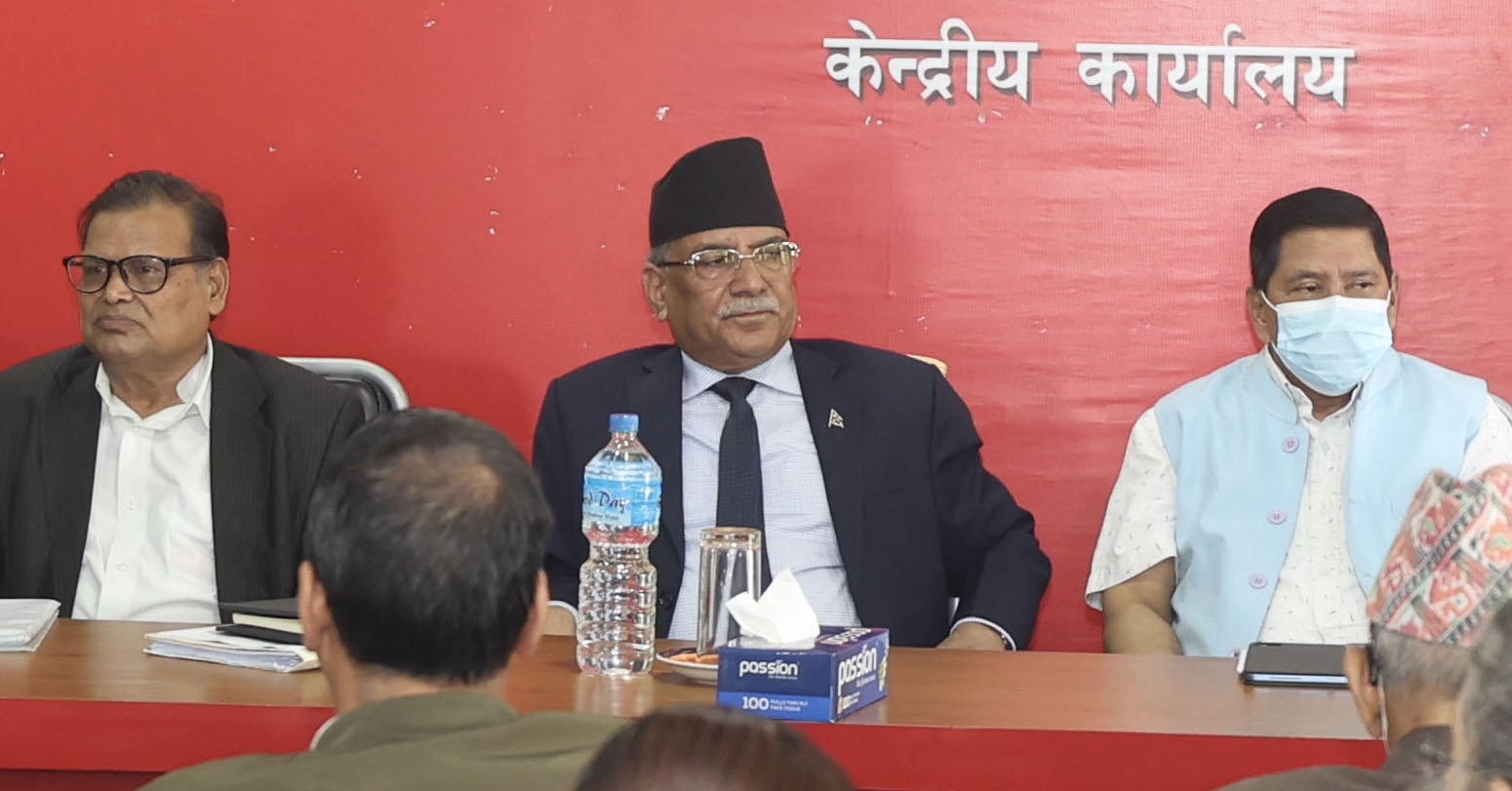
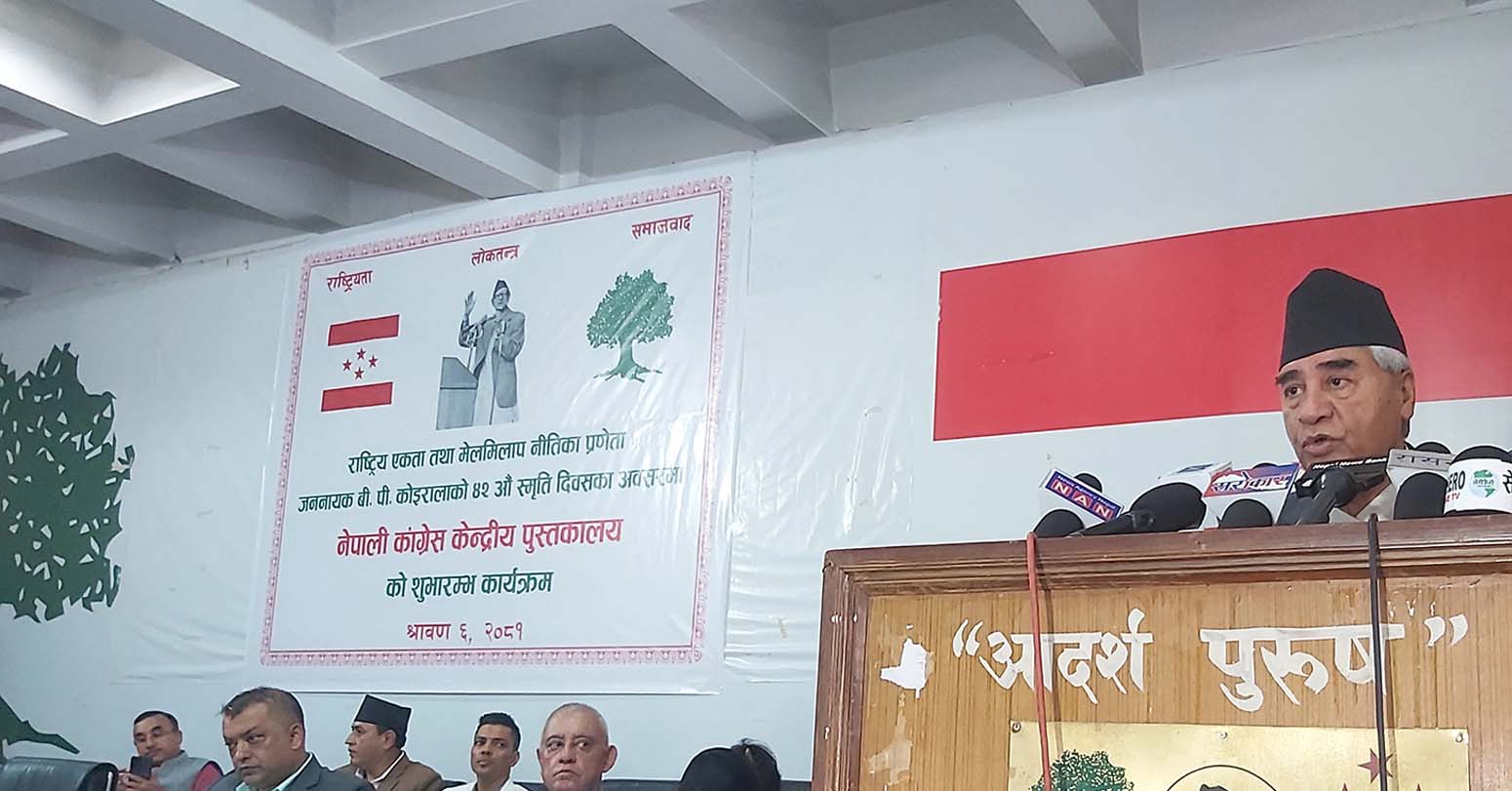
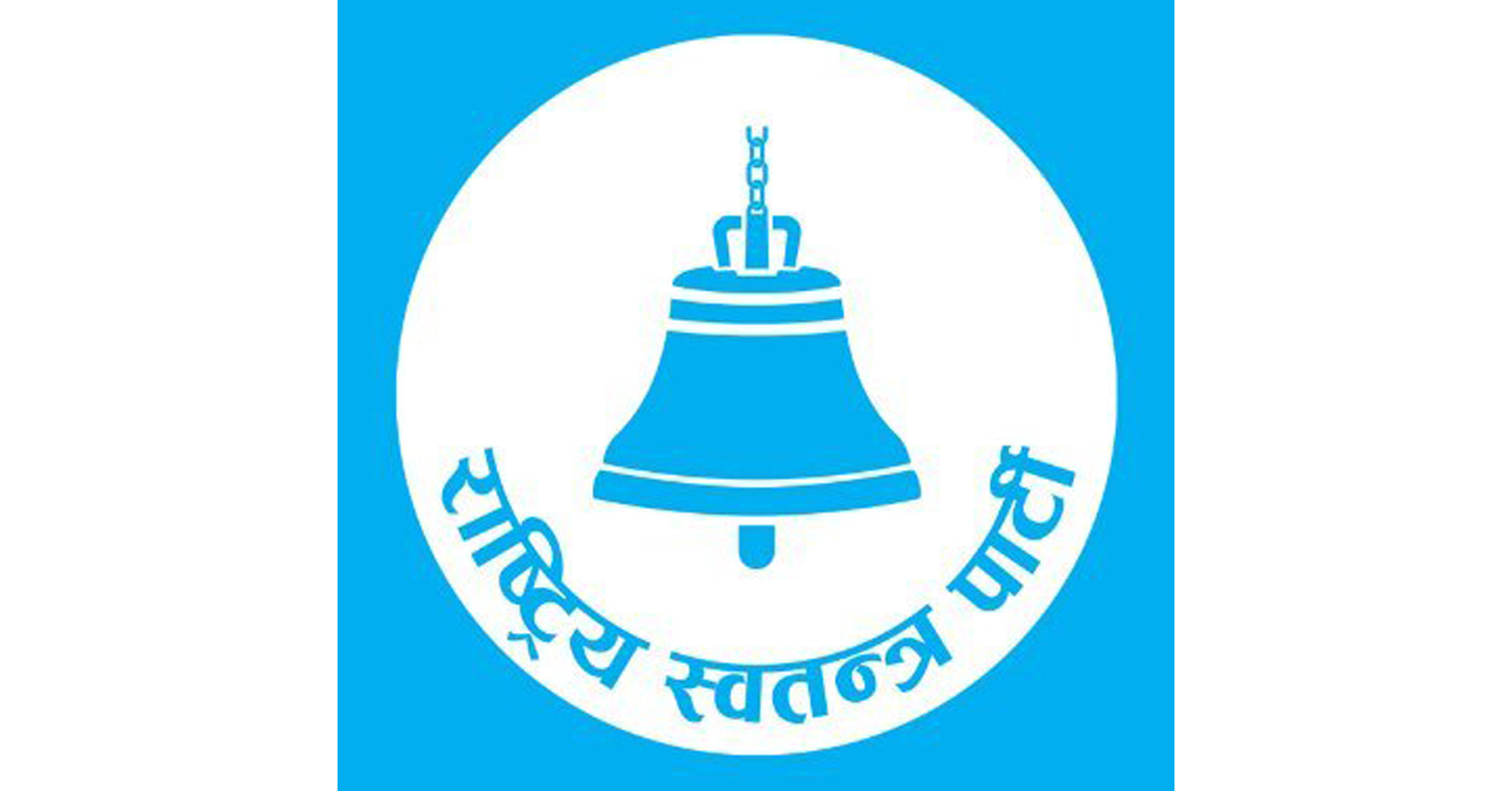
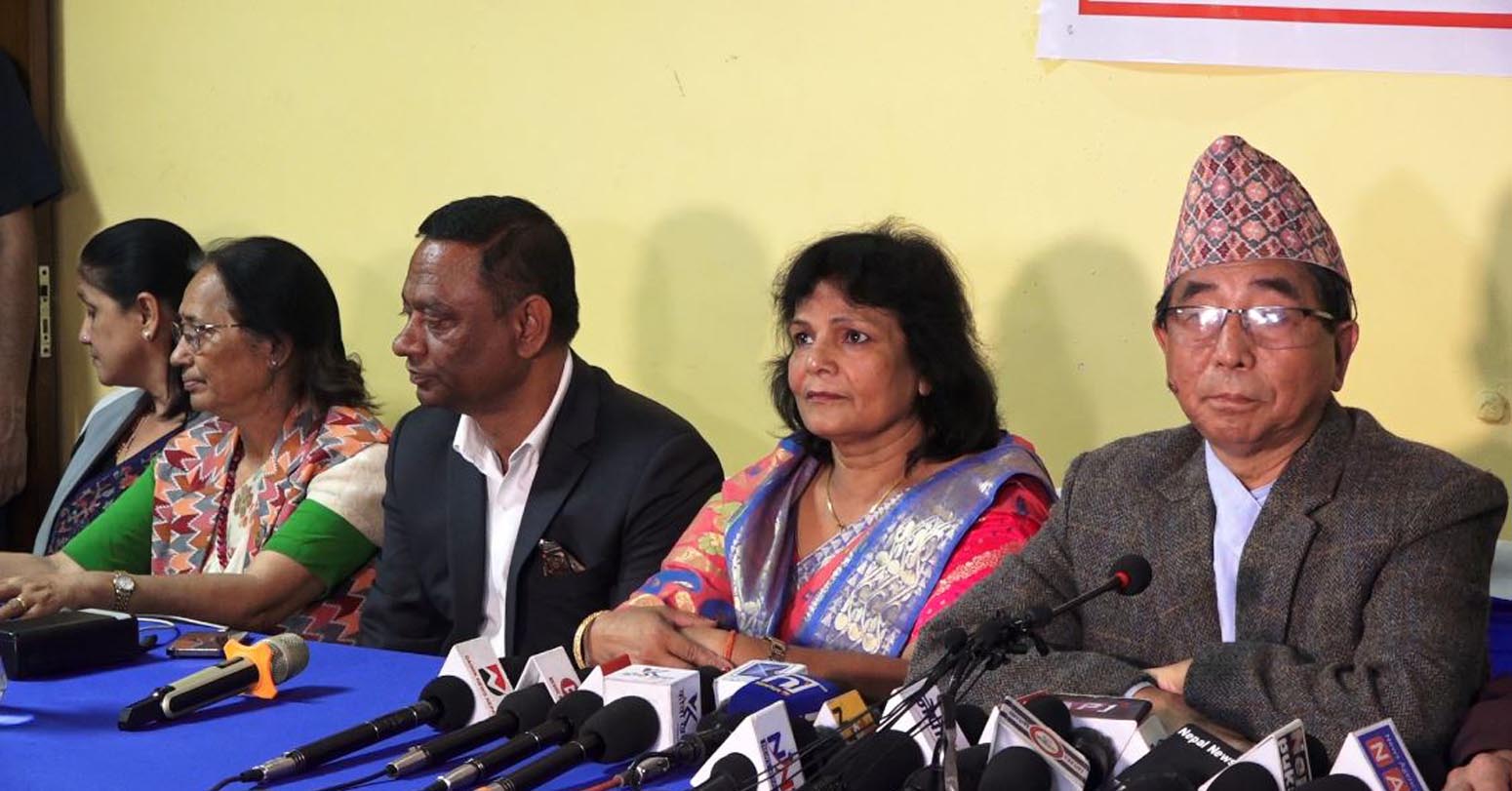
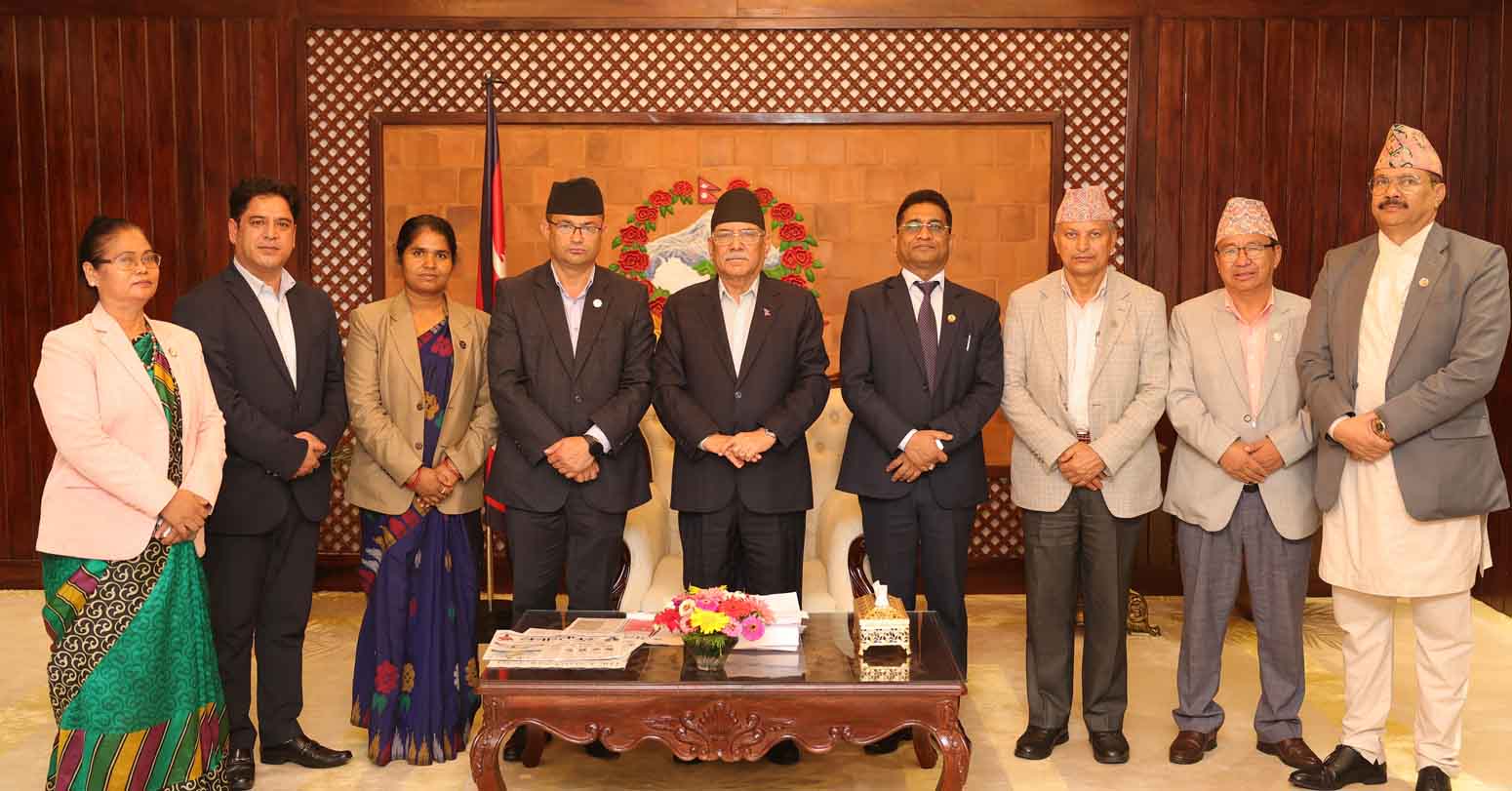
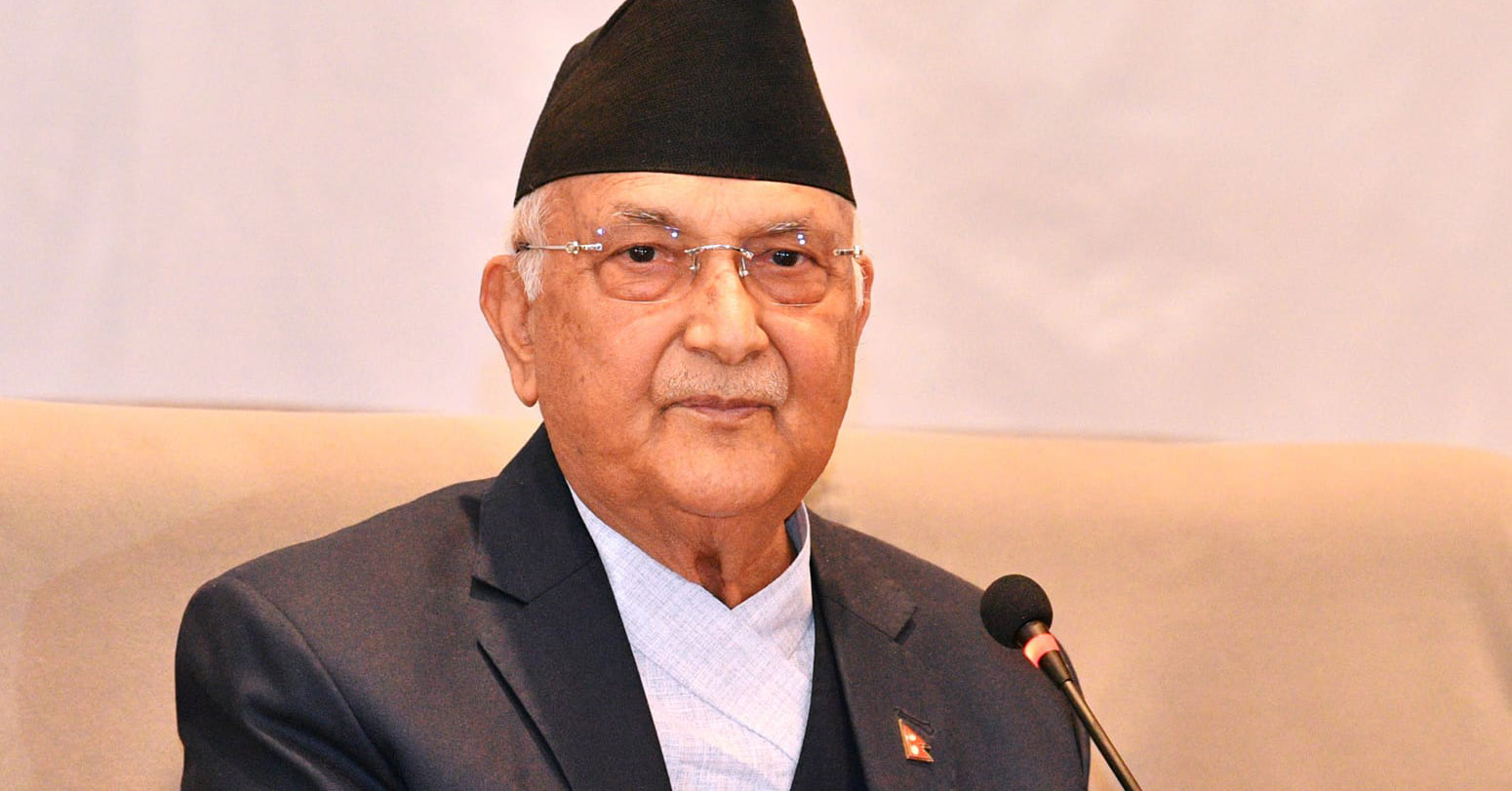

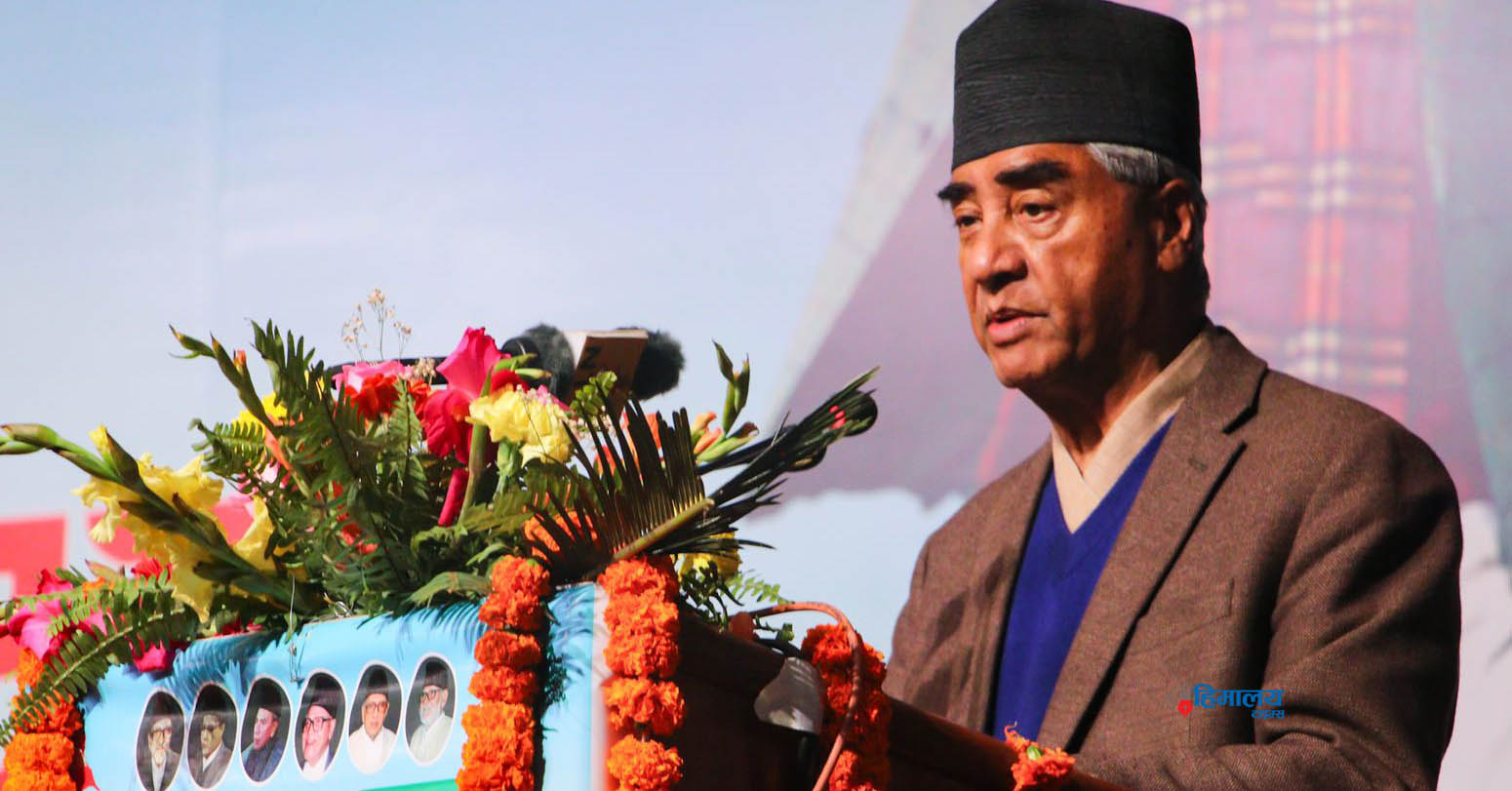
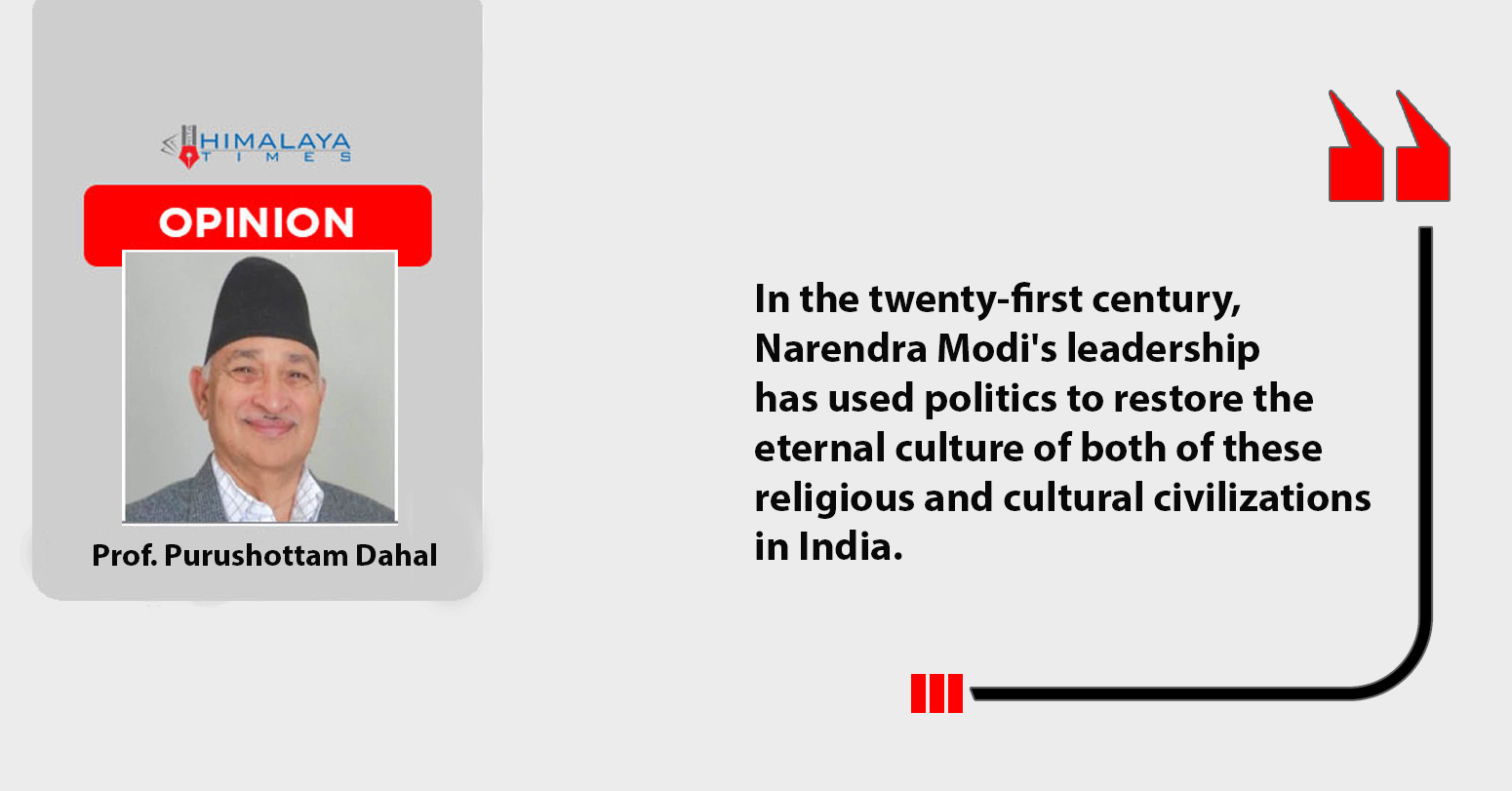
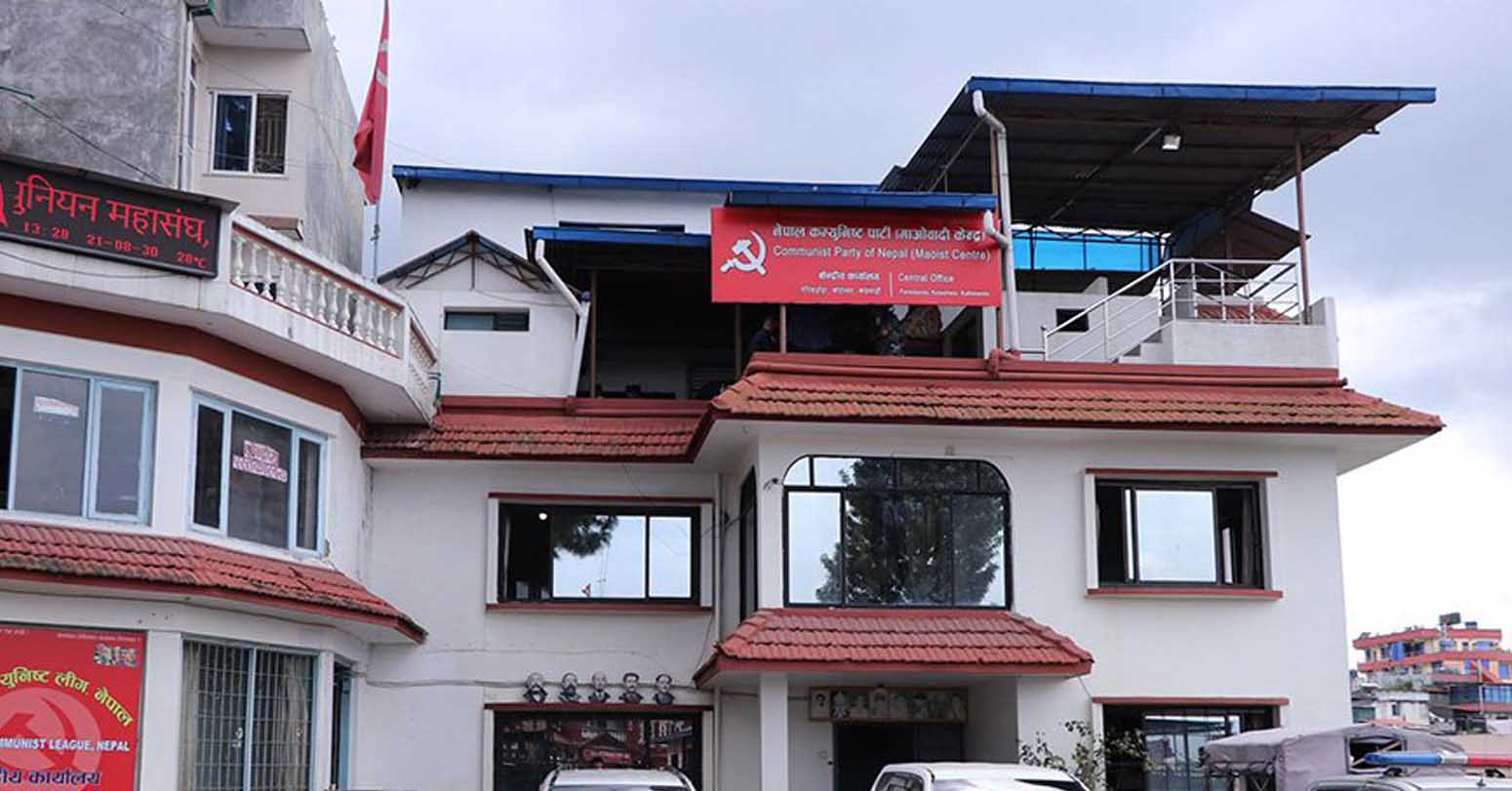
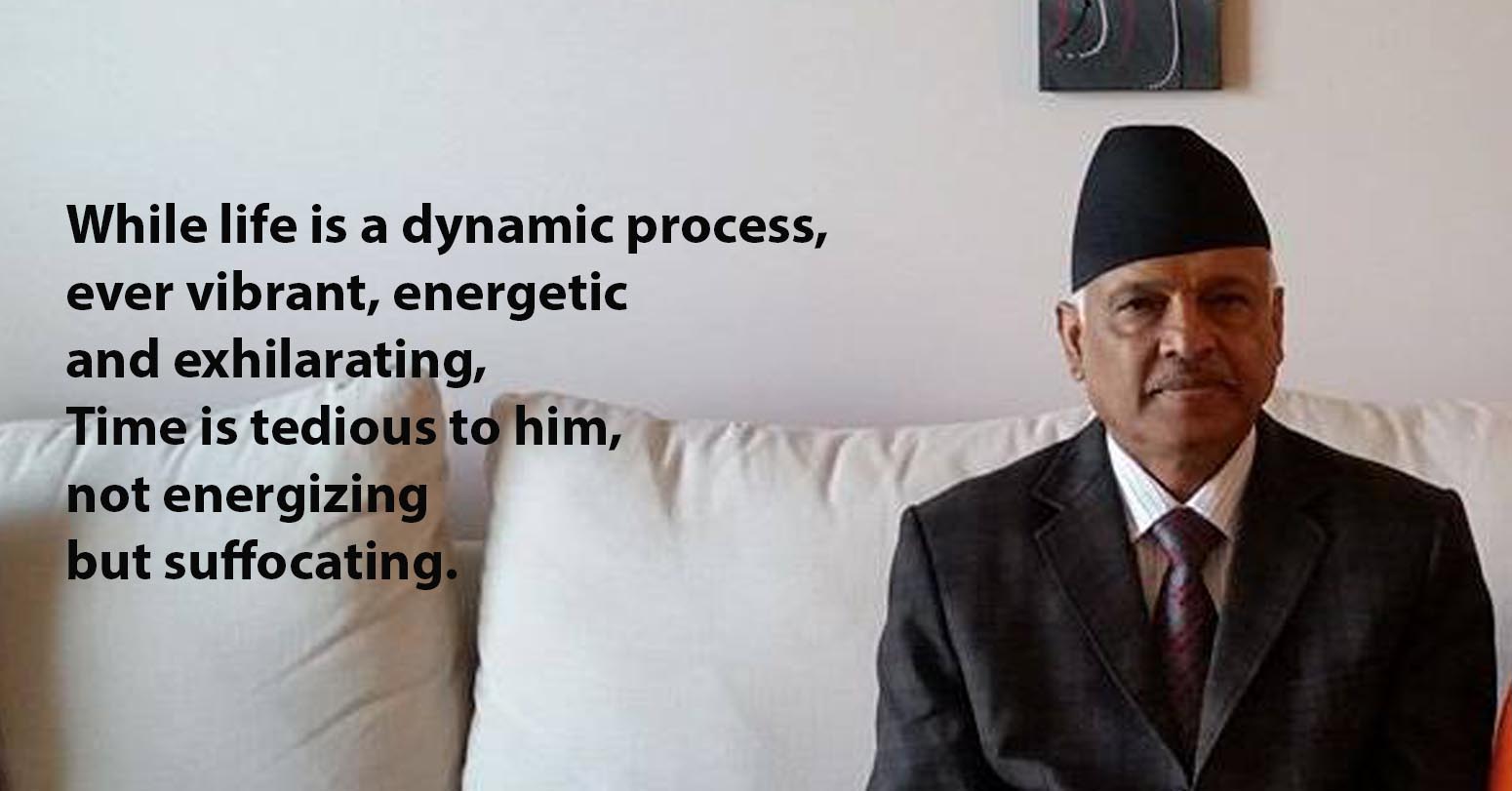

Comprehensive Data Protection Law Critically
Gender Differences In Mental Healthcare
Messi Wins Best FIFA Men’s
Erosion of Democracy
Fly Dubai Catches Fire in
“Complexities of the South Asian